The first stop on our Balkan adventure was in Split which is located on Croatia’s central Dalmatian Coast. The old town is built upon the ruins of Roman Emperor Diocletian’s retirement palace built in the early 4th century. The old city was then continuously added to and changed over the last 1700 years into quite a mixture of architectures. Arriving after dark made navigating the narrow streets and alleys quite a challenge, but we did finally find our sobe (room in a private house) after about 30 minutes of wandering and some good map work by Catherine. When we got up the next morning we realized that we had been so close to finding the sobe on many occasions and the whole trip from the bus stop should have only taken about 3 minutes! The fun of a new place…

We spent 2.5 days in Split starting on Easter Sunday. Croatia being a strongly Catholic country, we say lots of families attending various church services and then spending the rest of the day relaxing in cafés along the waterfront (known as the Riva). Due to the holidays a number of museums, restaurants and shops were closed, but the weather was quite nice so we were happy to spend the time outside exploring the city and surroundings. We spent the first day checking out the Roman ruins and the rest of the old town and ventured into the Varos suburb on the hill overlooking the hill where traditionally the fishermen and other workers of the city lived. In between sites we spent plenty of time eating Dalmatian specialties (pizza, pasta, risotto) and cheap $1 ice cream cones.
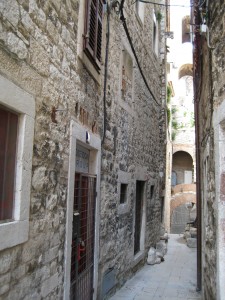
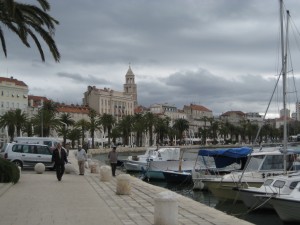
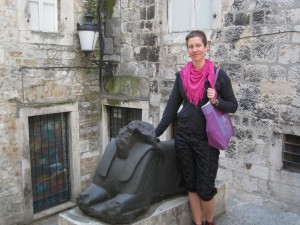
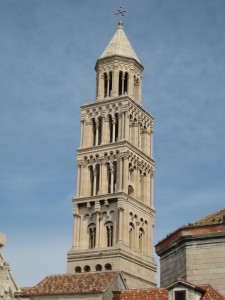
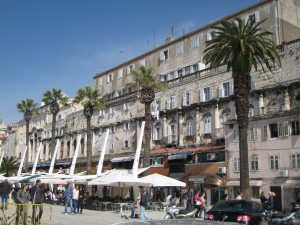
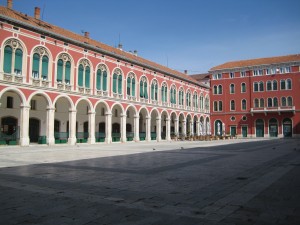
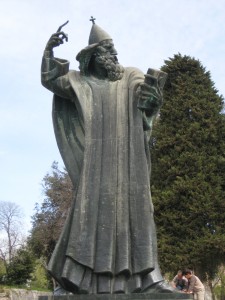
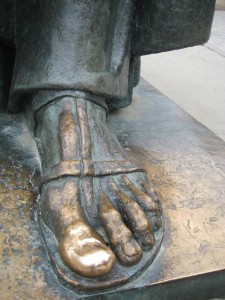

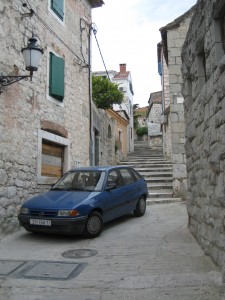
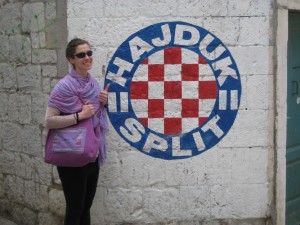
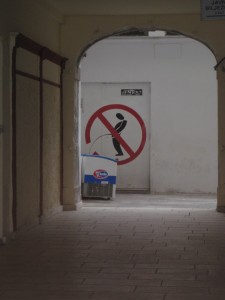
On the second day we decided to go for a hike in the Marjan peninsula park that overlooks the city. This is where the locals go to get away from it all for a few hours. We saw lots of people out running, biking or walking their dogs. The views of the islands in the Adriatic was quite spectacular, so we decided to make our way down to the beach. We made it down fine, but a “short cut” on the way back up resulted in some unexpected tromping through some heavy bush. Although we saw a number of lizards during the trip which I think means there are probably snakes, we luckily didn’t encounter any.
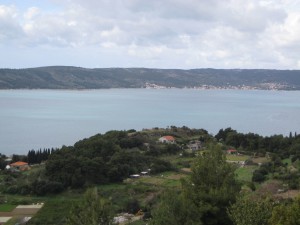
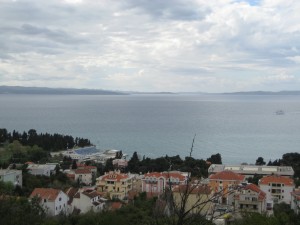
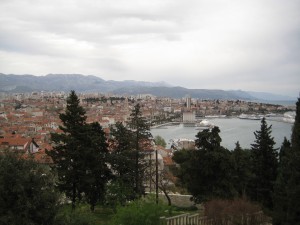
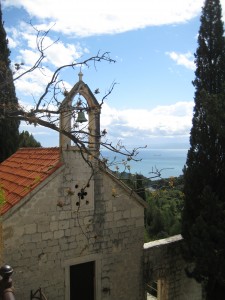
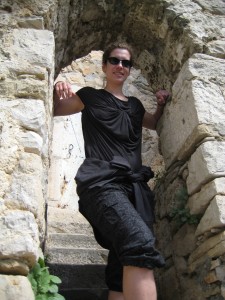
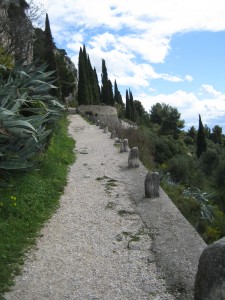
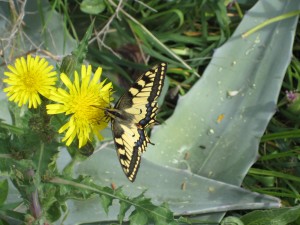
Our last day (Tuesday) the shops opened after being closed for Easter. Catherine had been eyeing up the multitude of shoe stores in town enticed by the very reasonable prices (down right cheap by Swedish standards). Our bus to Dubrovnik left around noon and shops opened at 8 so we got up early, went to the open air market to get fruit, bread and pastries for the bus ride and then hit the shops. We must have gone to at least 20 places and found nothing that was what she was looking for or the few acceptable options didn’t come in Catherine’s size. Apparently Slavic girls don’t have very big feet. A little bummed out about not finding anything (and for me just tired of that much shopping), we consoled ourselves with one last ice cream cone before making our way to the bus station and our departure.
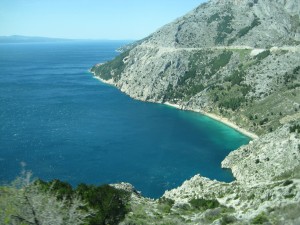

I remember the cheap ice cream in Italy … I wonder if this is a European thing. The pictures are great! Beautiful scenery – thanks for sharing :)!